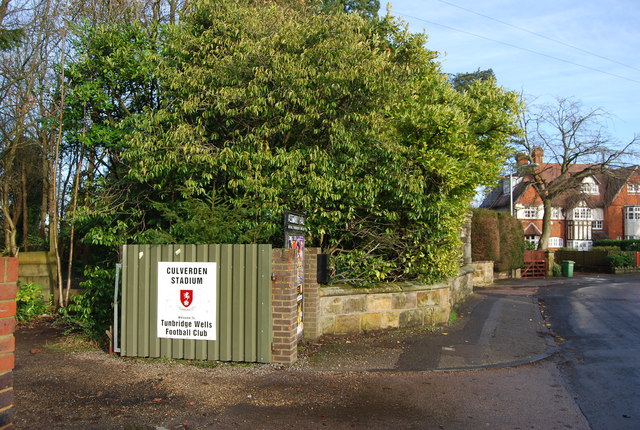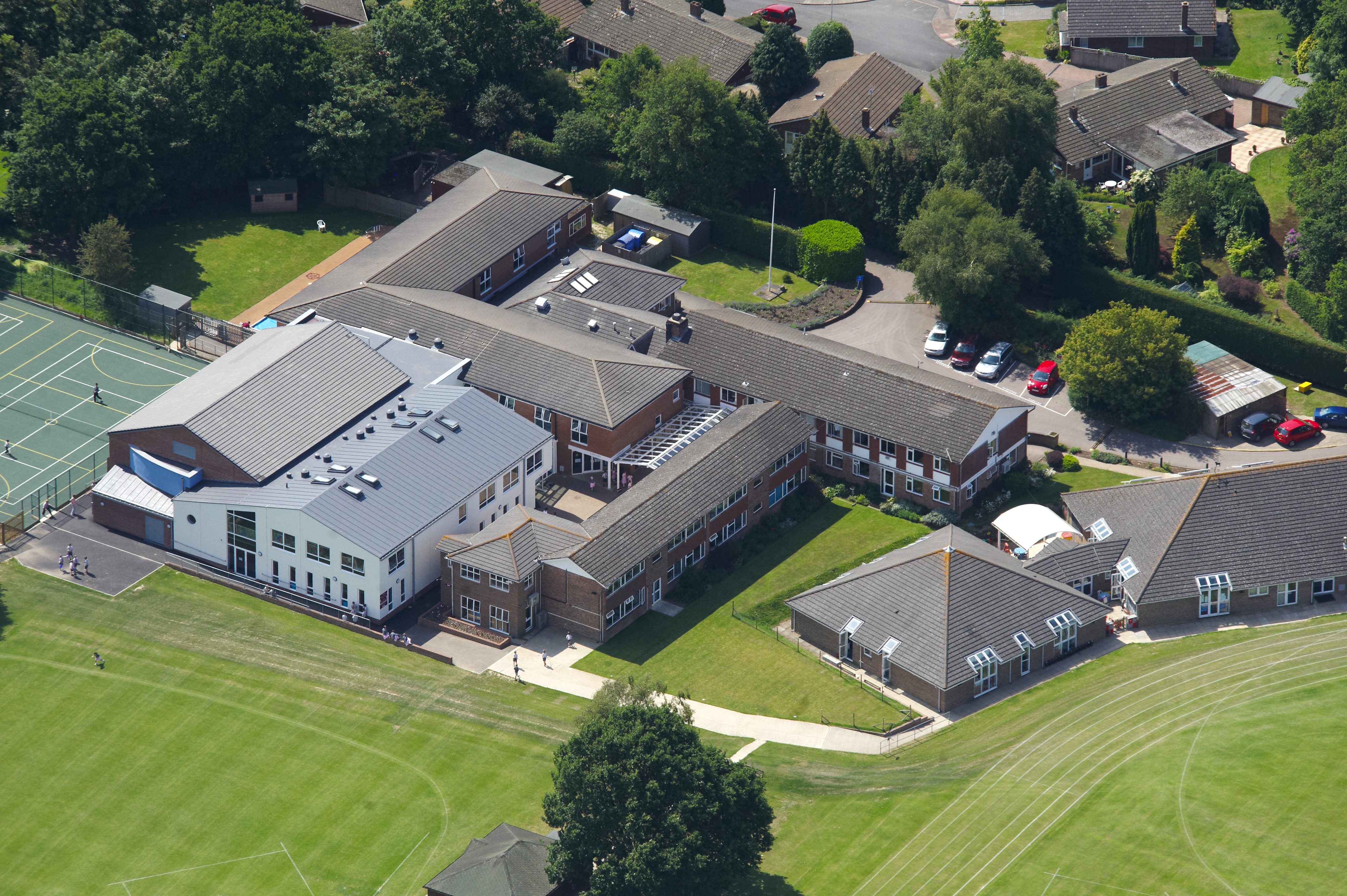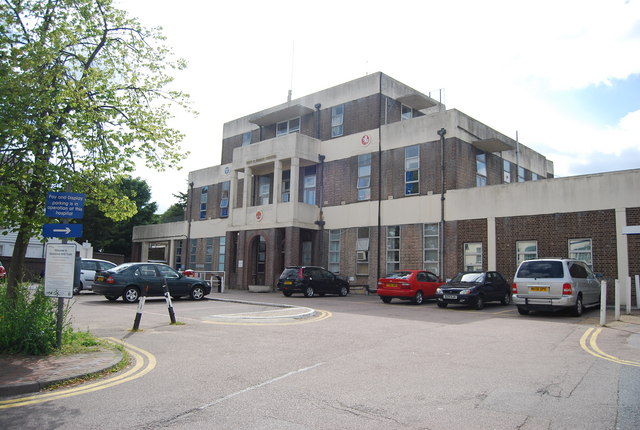56 Culverden Down, Tunbridge
Heritage Site in Kent
England
56 Culverden Down, Tunbridge

56 Culverden Down is a historic heritage site located in Tunbridge, Kent, England. This impressive building dates back to the 19th century and is renowned for its architectural significance and historical value.
The house is a fine example of Victorian architecture, showcasing the intricate craftsmanship and attention to detail prevalent during that era. Built with local sandstone, the structure features a symmetrical facade, ornate cornices, and decorative stucco work. The grand entrance is adorned with a beautiful arched doorway and a striking stained glass window.
Inside, the house offers a glimpse into the opulent lifestyle of the Victorian upper class. The spacious rooms are adorned with elegant period furnishings, including plush carpets, exquisite chandeliers, and intricately carved wooden furniture. The high ceilings and large windows allow for ample natural light, creating a bright and airy atmosphere throughout the house.
The house is surrounded by well-maintained gardens, adding to its charm and allure. The lush green lawns, vibrant flower beds, and mature trees provide a picturesque backdrop, perfect for leisurely strolls or peaceful moments of relaxation.
56 Culverden Down has great historical significance, having been home to several notable individuals throughout its existence. It serves as a testament to the rich heritage and cultural legacy of Tunbridge and is often visited by history enthusiasts and architectural aficionados.
Overall, 56 Culverden Down stands as a remarkable heritage site, offering a captivating glimpse into the past and celebrating the architectural brilliance of the Victorian era.
If you have any feedback on the listing, please let us know in the comments section below.
56 Culverden Down, Tunbridge Images
Images are sourced within 2km of 51.143/0.252 or Grid Reference TQ5740. Thanks to Geograph Open Source API. All images are credited.









56 Culverden Down, Tunbridge is located at Grid Ref: TQ5740 (Lat: 51.143, Lng: 0.252)
What 3 Words
///roofs.scouts.prompting. Near Royal Tunbridge Wells, Kent
Nearby Locations
Related Wikis
Nearby Amenities
Located within 500m of 51.143,0.252Have you been to 56 Culverden Down, Tunbridge?
Leave your review of 56 Culverden Down, Tunbridge below (or comments, questions and feedback).














